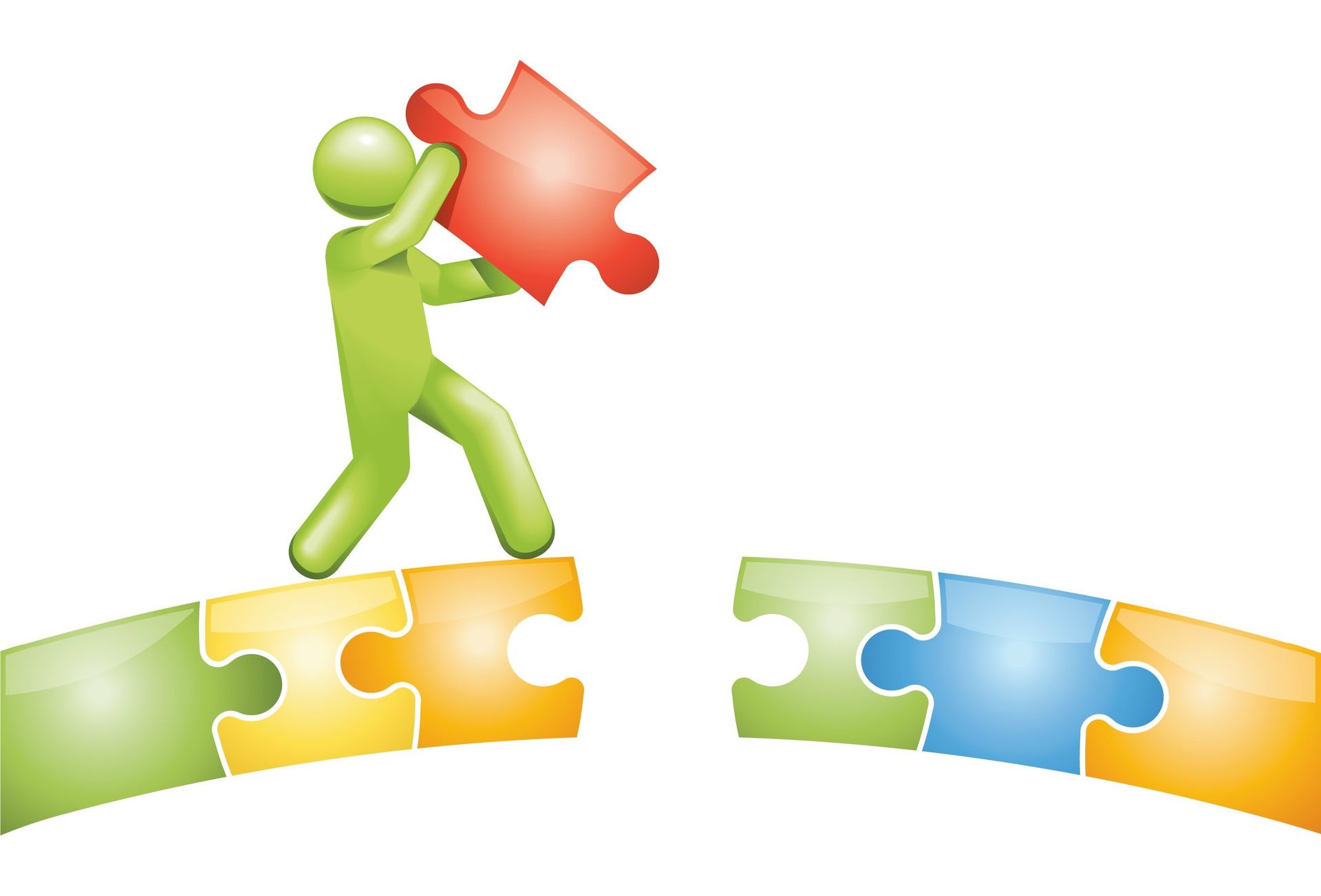As we dive into the exhilarating world of artificial intelligence, the importance of stress testing has never been more apparent. But why is this so essential? Consider how deeply we depend on technology in our everyday lives—from our trusty smartphones to advanced autonomous vehicles. The stakes are incredibly high; our trust in these AI systems can determine whether they are embraced or met with skepticism. The more we push these machines, the clearer it becomes how far they can stretch before encountering significant limitations.
Now, let’s think about what could happen if an AI system malfunctions in critical fields like healthcare or finance. The consequences could be staggering, impacting not just corporations but the lives of countless individuals. That’s where new, innovative approaches to stress testing come into play, evolving from traditional methods into more sophisticated techniques that help us gain a deeper understanding of AI’s limits and behaviors when under pressure. Immerse yourself further in the subject and uncover more details in this thoughtfully chosen external source. nbulatest.ai, explore new details and perspectives about the subject discussed in the article.
Innovative Approaches to Stress Testing
One of the most fascinating developments in the realm of stress testing AI is the use of simulated environments. Picture virtual worlds where AI systems tackle extreme conditions—much like astronauts being sent to an alien planet to test their survival skills. By implementing methods such as Monte Carlo simulations and adversarial testing, engineers gain valuable insights into how systems react to unpredictable challenges.
By incorporating these advanced techniques, developers can prepare AI systems more effectively for real-world applications, ultimately bolstering their reliability and resilience. This thorough preparation ignites my optimism, as it means we’re crafting AI tools that are robust enough to meet the demands of the real world.
Building Connections Through Collaborative Testing
One of the most fulfilling elements of stress testing AI systems is the collaborative spirit it nurtures among developers, researchers, and users. This process is never a solo venture; it’s about forging connections that lead to improved outcomes. When various stakeholders join forces, sharing insights and experiences, incredible things can happen. I fondly recall a project where we invited end-users to provide feedback throughout the stress-testing phase. Their firsthand insights added invaluable context to our understanding of how the AI would function in real-life situations—and the impact was profound!
Such collaborations not only enhance the final product but also foster personal growth. Interacting with diverse viewpoints can challenge our assumptions and spark innovative solutions we might not have previously considered.
Measuring Success: Metrics that Matter
While conducting stress tests on an AI system is vital, how do we determine whether we’ve achieved meaningful results? That’s where metrics come into play. A delightful array of performance indicators helps us quantify effectiveness. These range from precision and recall in machine learning models to response times in real-time applications, all of which contribute to assessing reliability and user satisfaction.
By concentrating on these measurable outcomes, teams can validate their stress-testing efforts and continually refine their systems. This relentless pursuit of improvement is what empowers organizations to forge deeper connections with their audiences and cultivate lasting trust in technology.
The Future of Stress Testing AI
As we look forward, the future of stress testing AI is filled with tremendous potential. With advancements in technology and innovative methodologies, we are discovering new avenues to enhance the reliability of these systems. I am particularly excited about the prospect of integrating Machine Learning models that adapt based on stress-test outcomes, evolving in real time! This evolution could completely reshape our approach to AI system design.
We stand on the brink of a new frontier where the synergy between AI and stress testing will drive innovations that today’s minds can scarcely imagine. This is our chance to ensure that as AI continues to weave itself into the fabric of our lives, it does so in a manner that is safe, reliable, and user-centric.
In conclusion, stress testing AI systems is not just a technical imperative; it’s an opportunity to cultivate personal connections, inspire innovative practices, and create reliable technology that truly supports us all. The journey is thrilling, and I can’t wait to see where it takes us! Find more details on the topic in this external resource. Industry-Specific AI Testing https://www.nbulatest.ai, broaden your understanding of the subject.
Explore the topic further by accessing the related posts we’ve curated to enrich your research:



